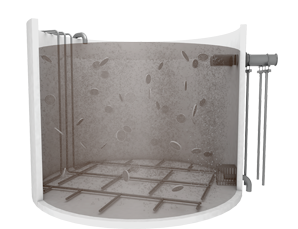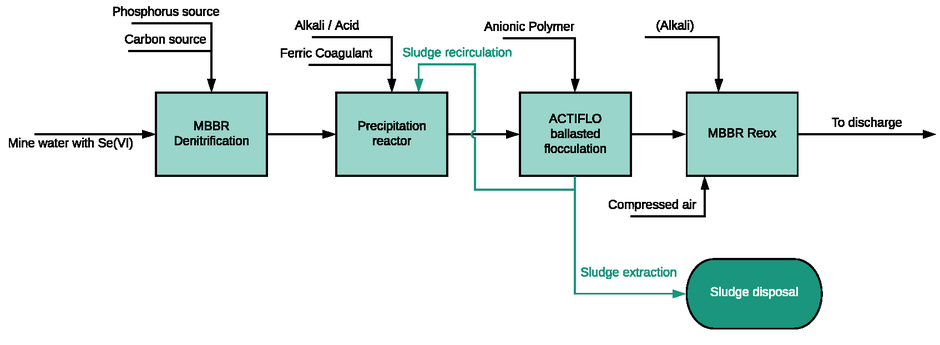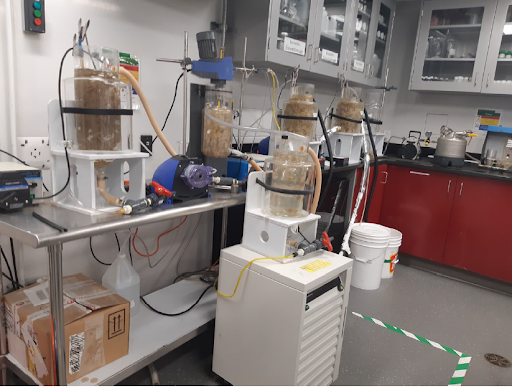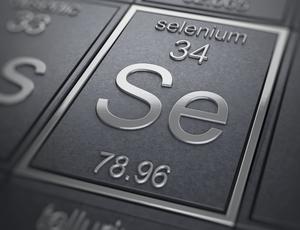Why Must Selenium Be Removed From Wastewater?
Selenium is essential for organic life. However, too much of it can cause adverse effects. Selenium is present in various coal and hard-rock mines and some thermal power plant effluents throughout the world. Selenium in wastewater effluent can be a major issue due to the complexity of its removal as well as the possibility to result in a more toxic effluent after treatment, due to the modification of the bioavailability of the selenium through different processes.
What is Veolia's TracerTM Se Process?
Veolia’s Tracer Se process combines biological reduction of selenates to selenites, removal of selenites and biomass under reducing conditions, and reoxygenation of the selenium-free water.

First, water is directed to a biological reduction reactor containing biomass and operated under anaerobic or anoxic conditions. A Moving Bed Biofilm Reactor (MBBR) can be used for this purpose. In this reactor, selenates are biologically reduced by the biomass to selenites or absorbed on the biomass. At the same time nitrites and nitrates, if present, are being reduced to nitrogen gas. The conditions in this reactor are controlled to minimize further reduction of selenites.
The water containing the selenites and any sloughed biomass is then directed to a precipitation reactor. While maintaining reducing conditions, a coagulant is mixed with the water. By controlling the pH and using sludge recirculation to age the sludge, solids having adsorption sites are formed. Selenites are adsorbed onto these sites. Thereafter, the solids with adsorbed selenites in addition to the sloughed biomass containing adsorbed selenium are separated from the water. A ballasted flocculation settler such as Veolia’s Actiflo is well suited for this application.
The water is further treated in a second biological reactor under aerobic conditions where the water is subjected to reoxygenation. In the process reduced selenium species present in the water are oxidized to selenate, thus reducing the final toxicity of the final effluent.
TracerTM Se Schematic Diagram

- Nitrites and nitrates, if present, are not detrimental to the process and will be removed from the water
- Kinetics are much faster than with a process where there is biological reduction to elemental selenium. This should translate into smaller size and lower costs
- The process minimizes the production of the more toxic forms of selenium
- Preliminary results indicate that the process will be able to meet the proposed Canadian Coal Mine Effluent Regulation of 10 µg/L. Pilot tests will be required to confirm the process performance.




